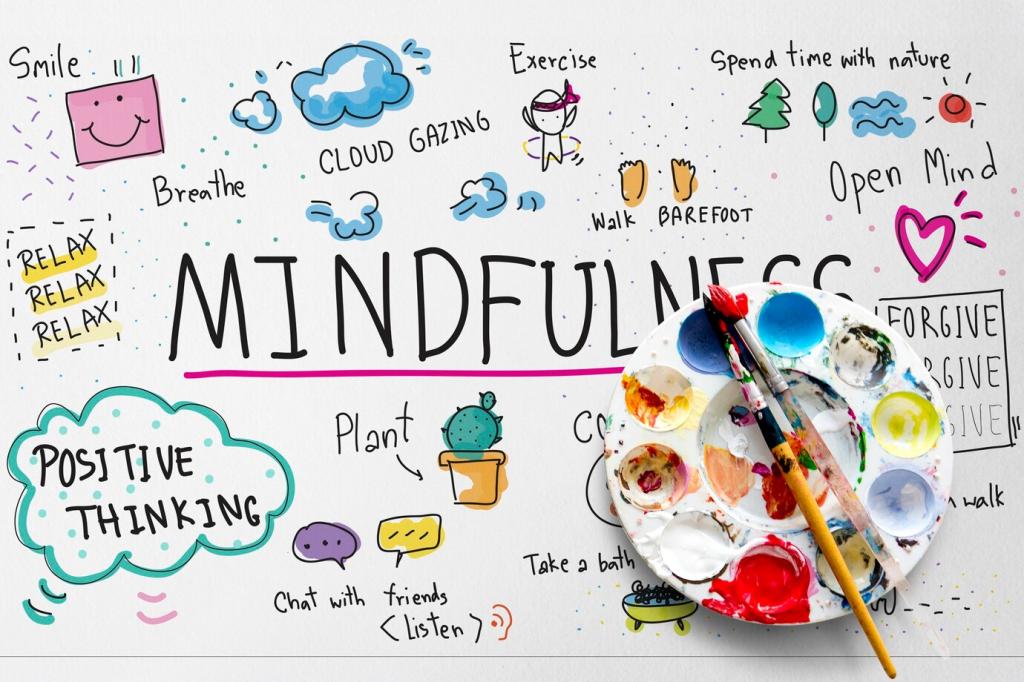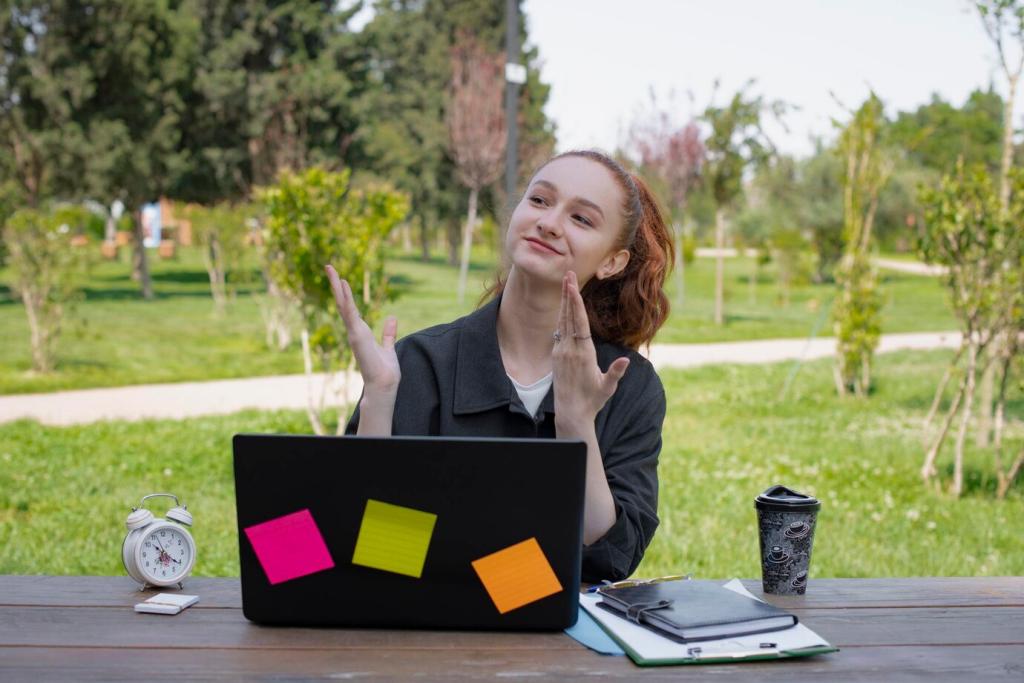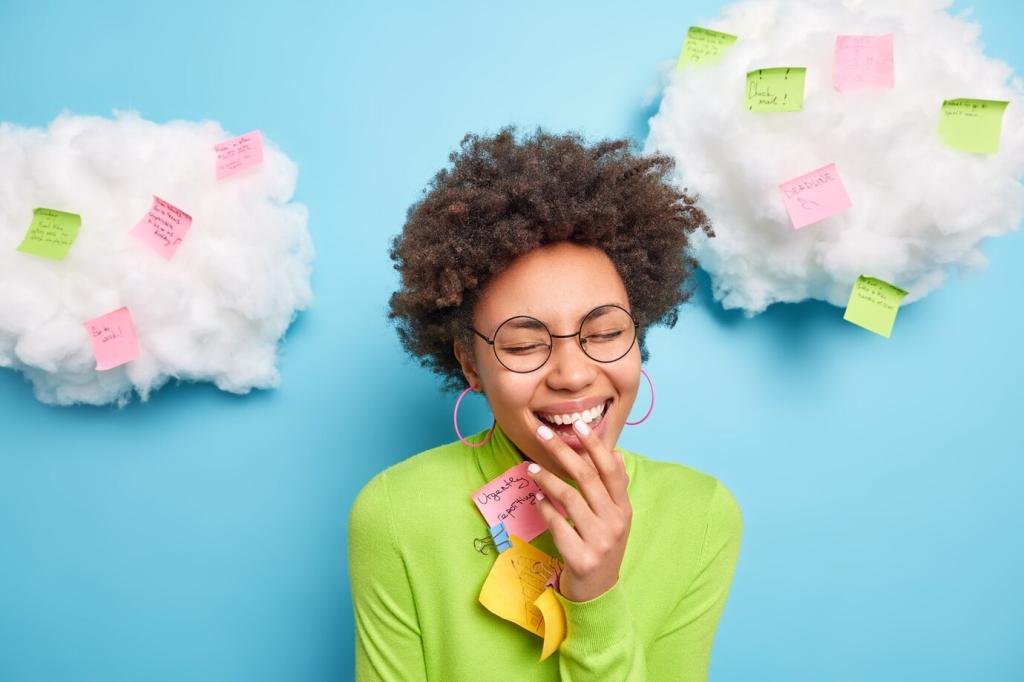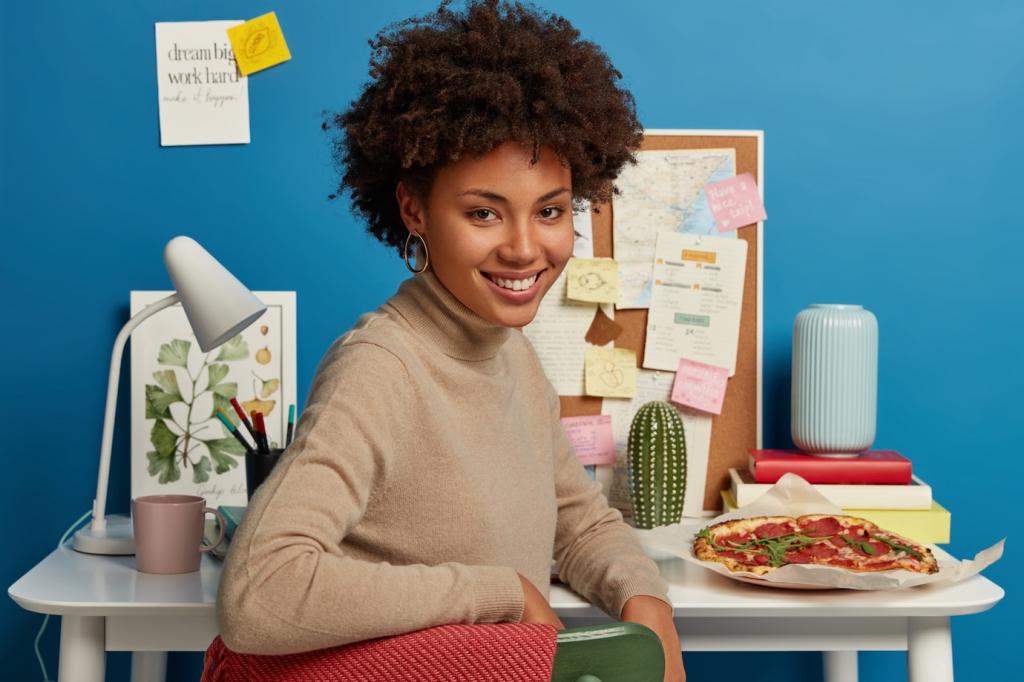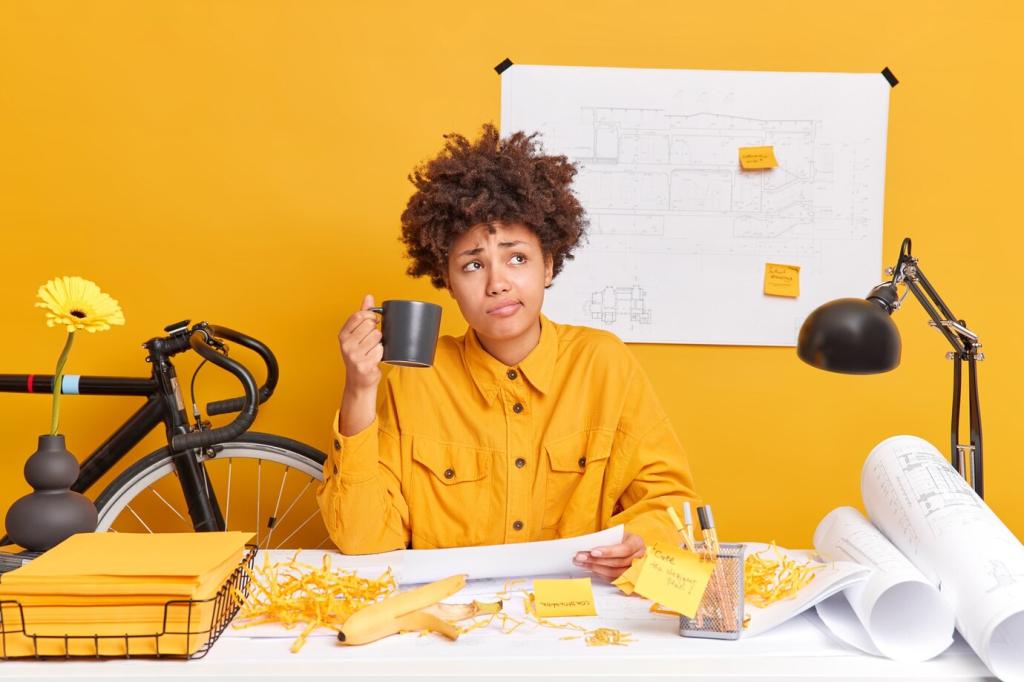The Science Behind Mindfulness and Creative Problem Solving
Mindfulness training helps stabilize focus and gently reorient attention when it wanders. This stability reduces cognitive clutter, allowing mental resources to shift toward pattern recognition, conceptual blending, and the nuanced appraisal that creative problem solving demands.
The Science Behind Mindfulness and Creative Problem Solving
Creative problem solving toggles between generating options and judging them. Mindfulness fosters meta-awareness, letting you notice when to open up possibilities and when to refine. That awareness curbs premature criticism without sacrificing thoughtful, evidence-based decisions.
The Science Behind Mindfulness and Creative Problem Solving
Excess stress narrows curiosity, but mindful breathing and present-moment awareness can lower reactivity. With arousal balanced, curiosity returns, insight moments increase, and complex problems feel workable rather than threatening or impossible.

